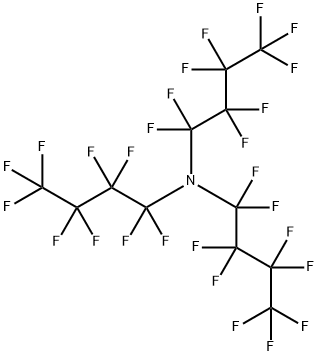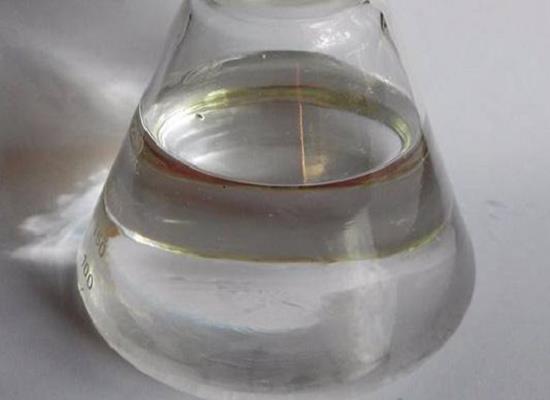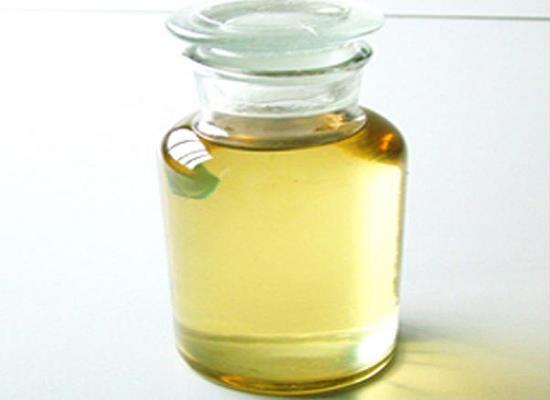Clinical applications of perfluorotributylamine
General Description
Perfluorotributylamine (PFTBA) has shown promising applications in various clinical areas. It has been effective in preventing tumor metastasis by downregulating platelet-derived TGFβ, thus inhibiting the spread of circulating tumor cells. PFTBA has demonstrated lower risk of bleeding compared to ticagrelor, an antiplatelet drug. In addition, PFTBA has potential as a vitreous substitute, providing mechanical retinal tamponade and preventing fluid passage through retinal breaks. It has also been explored for intervertebral disc regeneration, where it regulates oxygen levels, promotes cell survival and proliferation, and restores disc structure and function. Further research is needed to fully explore its therapeutic potential in these areas.
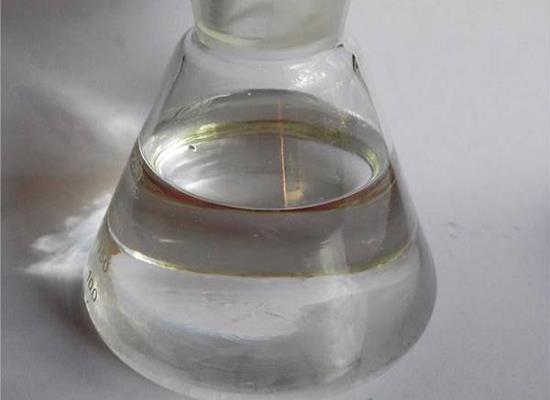
Figure 1. Perfluorotributylamine
Clinical applications
Prevention of tumor metastasis
Perfluorotributylaminehas shown promising applications in the prevention of tumor metastasis. Tumor metastasis is a major factor contributing to low survival rates in cancer patients, and transforming growth factor-β (TGFβ) plays a significant role in promoting this process. Platelets are a rich source of TGFβ, and their activation leads to the secretion of TGFβ into the peripheral blood, making them the primary circulating source of this factor. By downregulating platelet-derived TGFβ, it is possible to inhibit the metastasis of circulating tumor cells. In animal models of multiple metastatic cancers, including colon cancer, melanoma, and breast cancer, intravenous injection of Perfluorotributylaminehas@HSA effectively reduced tumor metastasis in the lungs or liver, ultimately improving the survival rate of the mice. Importantly, PFTBA@HSA demonstrated a lower risk of bleeding compared to the clinical antiplatelet drug ticagrelor while still effectively downregulating platelet-derived TGFβ. Overall, these findings suggest that Perfluorotributylaminehas@HSA-mediated downregulation of platelet-derived TGFβ holds promise as a potential therapeutic approach for preventing tumor metastasis. Further research and development are needed to explore its full potential as a therapeutic candidate. 1
Vitreous substitute
Perfluorotributylamine has been evaluated for its potential application as a vitreous substitute, specifically as a heavier density alternative to saline. This liquid fluorochemical is commonly used in artificial blood substitution. In a study involving 38 rabbit eyes, PFTBA was injected into the vitreous after mechanical vitrectomy or gas compression using perfluoropropane. The eyes were monitored for up to five months. Clinically, PFTBA occupied the lower vitreous space initially but gradually dispersed into smaller droplets over time. In the upper vitreous, clusters of cells appeared within three to four weeks and precipitated on the posterior lens surface and cortical vitreous. In cases of experimental retinal detachment, PFTBA demonstrated properties that provided mechanical retinal tamponade, effectively preventing passage through iatrogenic retinal breaks due to its interfacial tension. These findings suggest that perfluorotributylamine holds promise as a vitreous substitute, demonstrating mechanical properties suitable for retinal tamponade and the prevention of fluid passage through retinal breaks. Further research is needed to explore its potential and address any associated histopathological changes. 2
Intervertebral disc regeneration
Perfluorotributylamine has been explored for its application in intervertebral disc regeneration, with a focus on oxygen regulation within the scaffold. Previous attempts at using various scaffolds for this purpose were limited by nutrient loss. It has been suggested that disc degeneration occurs due to limited availability of oxygen, and maintaining a certain oxygen level may be beneficial for disc regeneration, an aspect that has received insufficient attention in prior studies. In a study, PFTBA was used for the first time as an oxygen regulator in an alginate scaffold for disc regeneration, both in vitro and in vivo. The characteristics of the alginate scaffold remained unaffected by the presence of PFTBA, and the oxygen level within the scaffold was successfully regulated. Human nucleus pulposus (NP) cells were then cultured in PFTBA-enriched alginates, demonstrating that PFTBA could promote NP cell survival and proliferation. These findings highlight the promising application of perfluorotributylaminein furthering intervertebral disc regeneration, specifically in regulating oxygen levels, promoting cell survival and proliferation, and restoring disc structure and function. 3
Reference
1. Luo L, Zhang B, Tao F, et al. Perfluorotributylamine-Loaded Albumin Nanoparticles Downregulate Platelet-Derived TGFβ to Inhibit Tumor Metastasis. ACS Nano. 2023;17(16):15388-15400.
2. Chang S, Zimmerman NJ, Iwamoto T, Ortiz R, Faris D. Experimental vitreous replacement with perfluorotributylamine. Am J Ophthalmol. 1987;103(1):29-37.
3. Sun Z, Luo B, Liu Z, et al. Effect of perfluorotributylamine-enriched alginate on nucleus pulposus cell: Implications for intervertebral disc regeneration. Biomaterials. 2016;82:34-47.
Related articles And Qustion
See also
Lastest Price from Perfluorotributylamine manufacturers
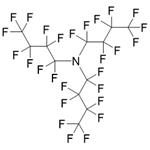
US $0.00-0.00/kg2025-11-03
- CAS:
- 311-89-7
- Min. Order:
- 1kg
- Purity:
- 99%
- Supply Ability:
- 1ton

US $0.00-0.00/KG2025-08-07
- CAS:
- 311-89-7
- Min. Order:
- 1KG
- Purity:
- 0.98 min
- Supply Ability:
- 1 tons/year
